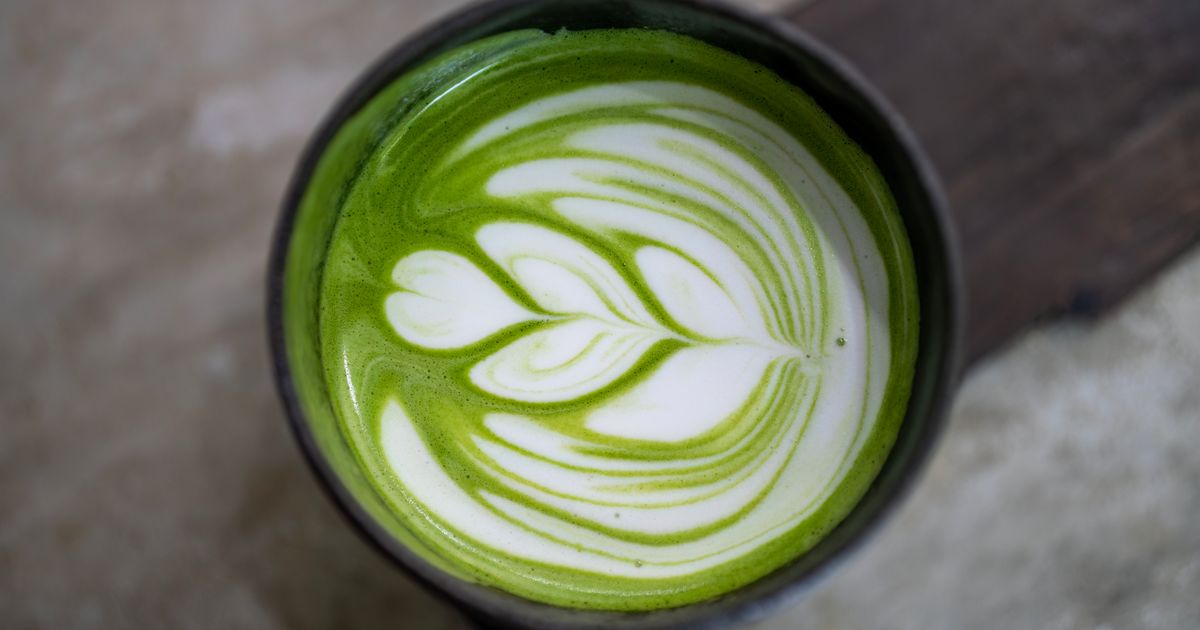
You’re Probably Drinking Matcha Wrong — And It’s Making It Less Healthy
HuffPost
Got milk? Then read what science has to say before adding it to your matcha beverage.
Matcha is one of those “it’s been around for centuries but it’s suddenly trendy” drinks with a major health halo. Made of finely ground leaves from the Camellia sinensis plant, matcha is a type of green tea that originated in China and was first introduced to Japan in the 12th century. Today, you may drink matcha lattes and frothy iced matcha drinks because they’re “healthy,” but do you know why? And do you realize that the way you prepare your drink could undo some of the nutritional properties that make matcha healthy?
These are the health benefits of matcha (before you add anything to it).
Matcha is made through a meticulous process in which Camellia sinensis plants are shaded for several weeks before the youngest leaves are hand-picked, steamed shortly afterward to prevent oxidation, and ground into a fine powder using stone mills to preserve their nutrients and taste.
“Unlike regular green tea, where the leaves are steeped and then discarded, matcha involves consuming the whole leaf, which provides a higher concentration of nutrients and antioxidants,” explained Kimberley Wiemann, a registered dietitian.
Packed with epigallocatechin gallate (EGCG), the most potent form of the phytochemicals known as catechins, studies suggest that matcha’s antioxidant properties can help boost metabolism and aid in weight loss, as well as reduce inflammation and oxidative stress, which are often the culprits behind chronic diseases like cancer, heart disease and Type 2 diabetes.





















 Run 3 Space | Play Space Running Game
Run 3 Space | Play Space Running Game Traffic Jam 3D | Online Racing Game
Traffic Jam 3D | Online Racing Game Duck Hunt | Play Old Classic Game
Duck Hunt | Play Old Classic Game











